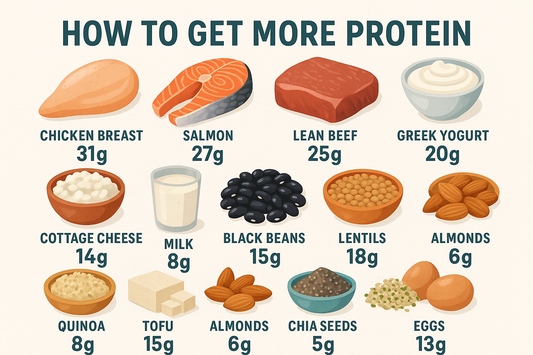
Made fashionable during last year’s Olympic Games, strips of all colours decorated the various appendages of competitors, namely the arms, legs, and torso. This precise tape is called ‘Kinesio Tape’, and was initially developed by a Japanese chiropractor (Kenzo Kase) just over four decades ago.
The tape asserts more than a few benefits, namely that it can ease muscular pain, lessen tissue inflammation, unwind tight, inflexible muscles, and aid in rehabilitation. Ultimately, the point is to increase performance. Traditionally, athletes (or any person) with muscular or joint-based wounds would tape a muscle or joint so as to curb unwanted motion and thus inhibit further injury. This would eventually end up with the wrapping of the entire appendage (almost like a cast or casing). Naturally, this would avoid further strain by immobilising the entire area, but it would also hinder proper circulation to the affected area. ‘Kinesio Tape’ takes a dissimilar approach, whereby the tape used mimics the composition of human tissue, allowing the muscle or tendon affected to move unhampered, while still allowing for a greater degree of stability. The inventor of the tape, Kenzo Kase, has listed four functions pertaining to its use. Firstly, the proper application develops the muscle’s ability to contract even when it is damaged, thereby reducing the sensation of pain and lethargy, and serves to protect the affected muscle from cramping. Secondly, due to the effects given in the first application, surplus chemical build-up and waste product derived from lactic acid is averted. Thirdly, due to the tape’s mimicry of human connective tissue, it expedites the body’s own healing mechanisms, thereby reducing the time it takes to make a full recovery. Lastly, as the tape is not a ‘cast’, it does not restrict joint movement, and allows for the improvement or maintenance in joint range of motion (a common concern with typical athletic taping implements).
Although there has not been any decisive scientific or medical evidence to sanction the efficacy of the tape, positive effects have been seen with respect to patients of physiotherapists. Some experts have proposed that this may be a placebo effect. Nevertheless, ‘Kinesio Tape’ is grounded in solid foundations and has been shown to be beneficial to those walking various paths of life, ranging from a forty-five year-old bodybuilder with lower back pain, to a sixteen-year old athlete with knee pain.
Bibliography
- Kase, Kenzo. “Kinesio FAQs.” Kinesio Taping – Global. Web. 20 May 2013. <http://www.kinesiotaping.com/global/
- Meredith, Sheena. “Kinesio Tape for Athletes: A Big Help, or Hype?” WebMD – Better information. Better health. Web. 20 May 2013. .
- Williams S., Whatman C., Hume P.A., Sheerin K. (2012). “Kinesio taping in treatment and
- prevention of sports injuries: a meta-analysis of the evidence for its effectiveness”. Sports Med 42 (2): 153–64.










